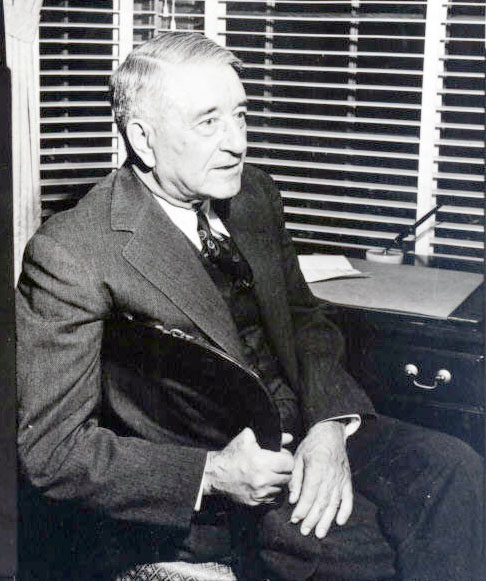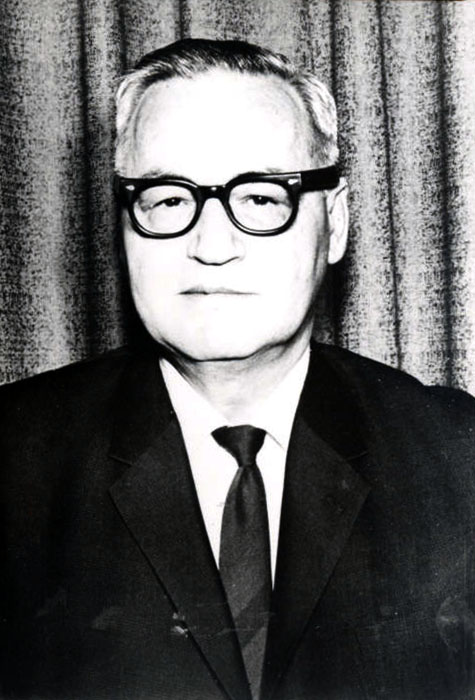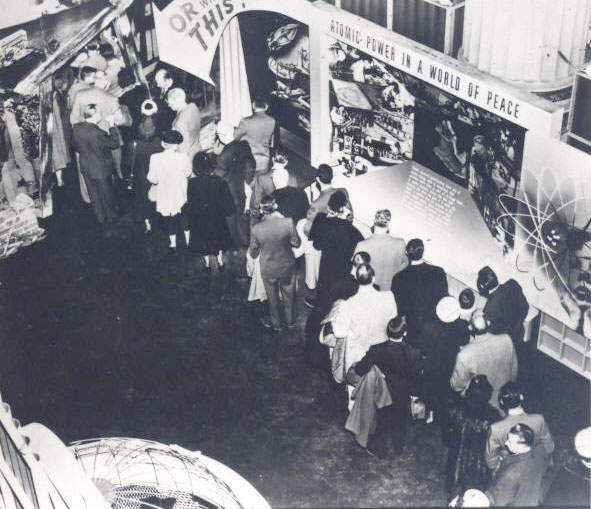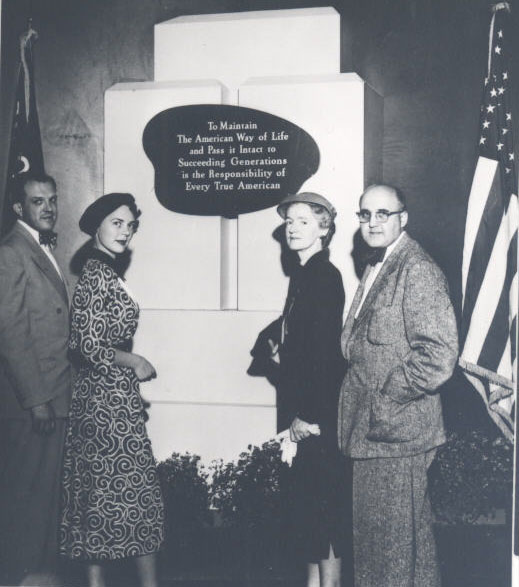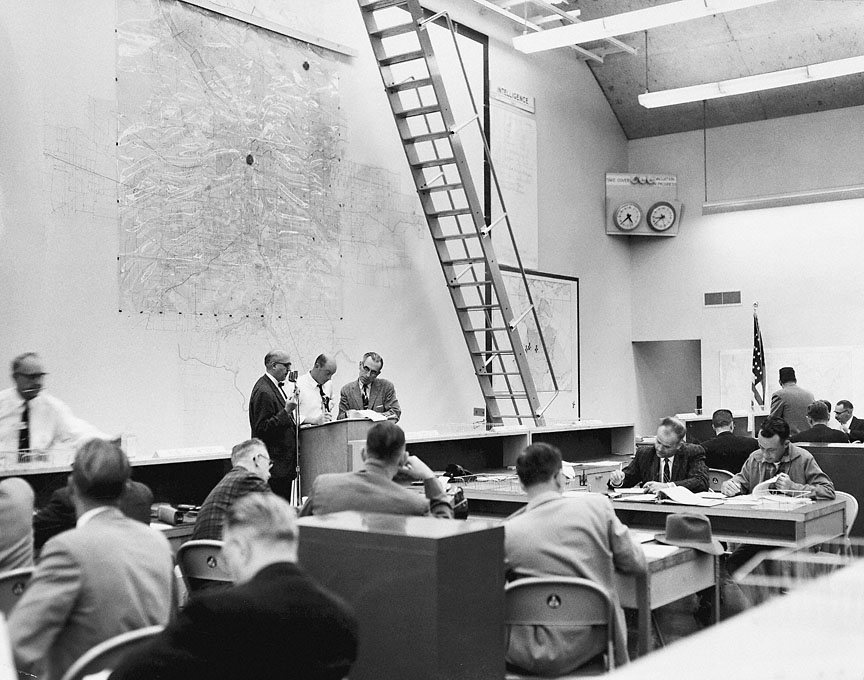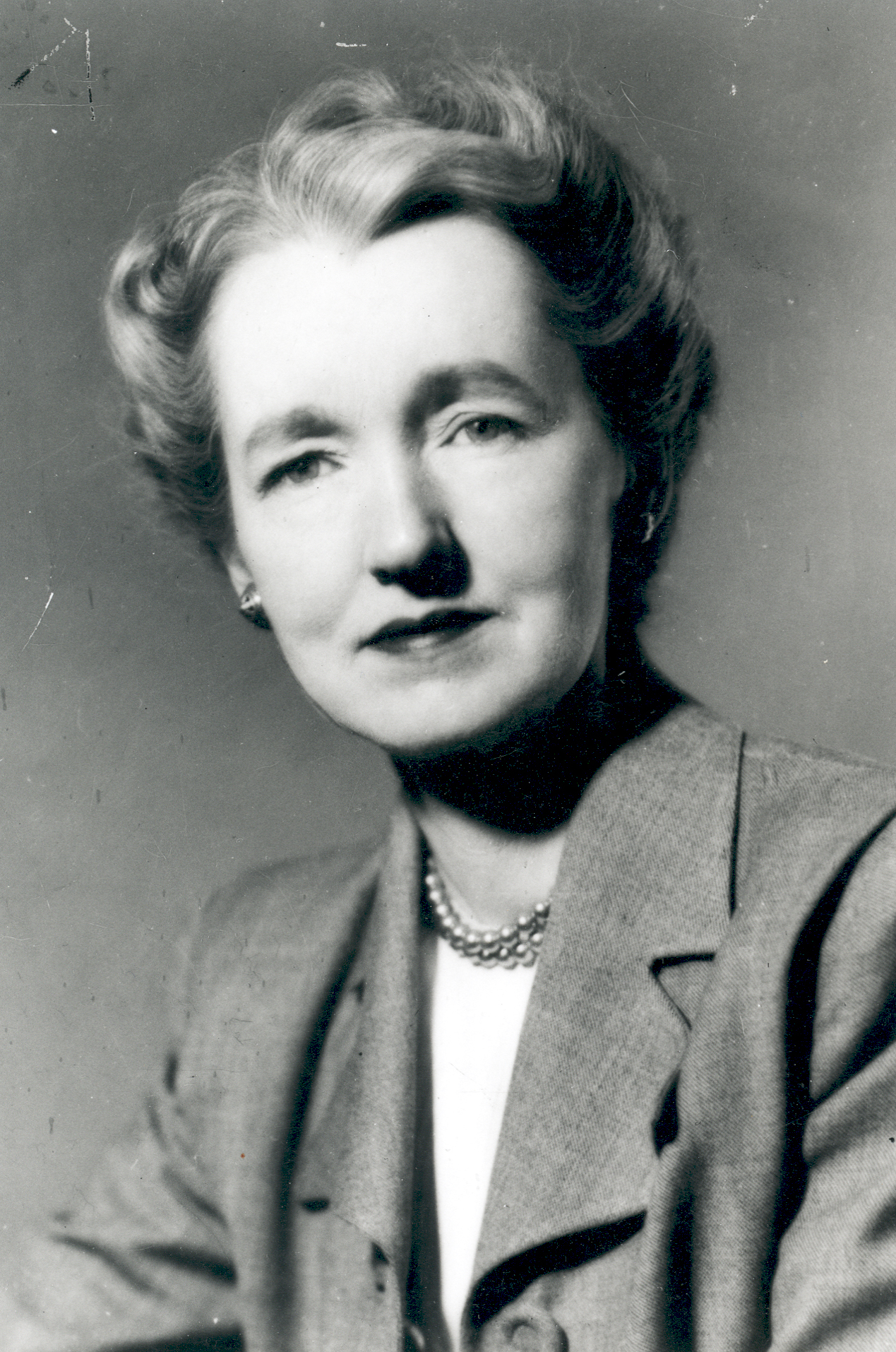In response to perceived Cold War threats, on February 20, 1950, Mayor Dorothy McCullough Lee appointed Charles Pray as Portland’s first director of Civil Defense (CD) in accordance with Chapter 434, Oregon Laws 1949. Within a few years, the department had become a national model; and in 1956, Portland opened the first completely underground CD facility in the country. Just seven years later, Portland achieved another CD milestone when it became the first city in the nation to dissolve its program.
Like many cities and towns in the United States, Portland had a civil defense program beginning in the late 1930s, set up largely as a reaction to the aerial bombings of cities in Europe and Asia. Those efforts were enhanced markedly after Japan attacked Pearl Harbor in December 1941. The enhancements included recruiting large numbers of auxiliary emergency response personnel and organizing emergency preparedness of citizens. Portland’s plan was unique in that it used existing emergency services as its framework rather than setting up a parallel agency.
Under the Federal Civil Defense Act of 1950, local governments were responsible for raising funds that state and federal governments would match. In 1952, Portland citizens passed a $600,000 special levy “for the purpose of obtaining emergency supplies, equipment and facilities.” The CD program staff developed infrastructure to coordinate the city’s Engineering, Police, Fire, Medical, Welfare, and Warden Departments during enemy attacks. Each department was charged with using its own personnel during emergencies, supplemented by auxiliary volunteer forces.
As a key component of their work, Portland’s CD staff members educated the public about the dangers of nuclear war and how to respond to an attack, including first aid and survival techniques. They did so using brochures, bulletins, movies, and school visits and by setting up CD displays at venues such as auto and home shows.
The first major demonstration of Portland’s program was Operation Green Light, an exercise in evacuating a thousand blocks of Portland’s downtown core. The name referred to a new traffic signal pattern Portland officials developed. Green lights on main exit routes and red lights at intersections prevented cars from crossing exit routes; cars approaching a red light were only allowed to proceed with the traffic; and amber lights flashed in all four directions as a visual supplement to the sirens.
On September 27, 1955, at 3:05 in the afternoon, sirens signaled the start of the exercise. By 3:59, 29,423 vehicles and 101,074 people had evacuated the test area; the majority of downtown had been cleared within thirty minutes. The exercise, the largest evacuation in the nation to date, received national attention because of its efficiency. Based on the success of Operation Green Light, in 1957 CBS filmed a documentary, A Day Called X, highlighting Portland’s program. Actor Glen Ford narrated the documentary, and Portland Mayor Terry Schrunk and other city officials starred.
Portland also developed a plan to continue government operations in the event of a major disaster or attack. The first component was a plan of succession in response to death or disability of three or more City Council members. The second component was to construct a control center to serve as the seat of government. In 1956, Portland opened Kelly Butte Civil Defense Center, the first completely underground self-sustaining CD facility in the country. The third component required the Auditor’s Office to reproduce vital city records, microfilmed copies of which were stored in the Kelly Butte facility.
Despite these successes, Portland voters refused to fund the program further, and on May 21, 1963, the City Council eliminated Portland’s CD program. The CD program had lost the support of the majority of City Council, led by Commissioner Stanley Earl, who argued that the new hydrogen bomb made such preparations meaningless and gave Portland’s citizens false hope. On July 1, 1963, Portland became the first city to disaffiliate with the national Civil Defense Program.
-
![Charles Pray, 1949]()
Charles Pray, 1949.
Charles Pray, 1949 Courtesy Oreg. Hist. Soc. Research Lib., neg. no. 014421
-
![Stanley Earl, 1968]()
Stanley Earl, 1968.
Stanley Earl, 1968 Courtesy Oreg. Hist. Soc. Research Lib., neg. no. 6729
-
![Alert America civil defense show in Portland, June 1952]()
Alert America civil defense show in Portland, 1952.
Alert America civil defense show in Portland, June 1952 Courtesy Oreg. Hist. Soc. Research Lib., neg. no. 001891
-
![Bob Burns, Joyce Farnstrom, Dorothy McCullough Lee, Jack Lowe at Alert America, 1952]()
Bob Burns, Joyce Farnstrom, Dorothy McCullough Lee, Jack Lowe at Alert America.
Bob Burns, Joyce Farnstrom, Dorothy McCullough Lee, Jack Lowe at Alert America, 1952 Courtesy Oreg. Hist. Soc. Research Lib., 001889
-
![Underground civil defense headquarters, Kelly Butte, 1960]()
Underground headquarters, Kelly Butte, 1960.
Underground civil defense headquarters, Kelly Butte, 1960 Courtesy Oreg. Hist. Soc. Research Lib., OrHi103178
Related Entries
-
![Dorothy McCullough Lee (1902-1981)]()
Dorothy McCullough Lee (1902-1981)
In 1947, the city of Portland crawled with gambling halls, strip joints…
-
![Kelly Butte Civil Defense Center and Kelly Butte Natural Area]()
Kelly Butte Civil Defense Center and Kelly Butte Natural Area
Kelly Butte Natural Area is publicly owned land located six miles south…
Related Historical Records
Map This on the Oregon History WayFinder
The Oregon History Wayfinder is an interactive map that identifies significant places, people, and events in Oregon history.
Further Reading
"Civil Defense in Portland 1936-1963." City of Portland Auditor's Office. http://www.portlandonline.com/auditor/index.cfm?a=324746&c=51815.
Grossman, Andrew. Neither Dead Nor Red: Civil Defense and American Political Development During the Early Cold War. London: Routledge, 2001.
Rose, Kenneth D. One Nation Underground: The Fallout Shelter in American Culture. New York: New York University Press, 2001.
United States Civil Defense Administration, The Day Called X (1958) Film
https://www.youtube.com/watch?

